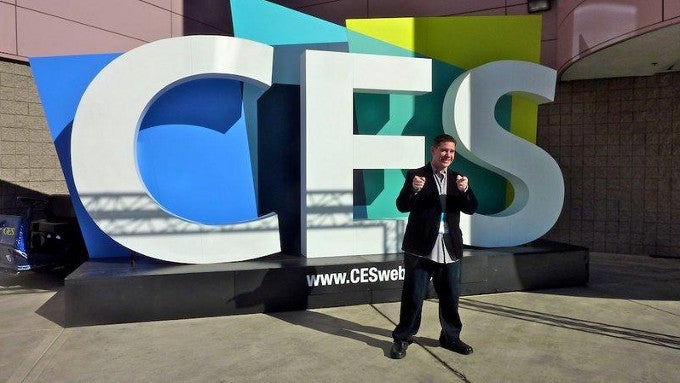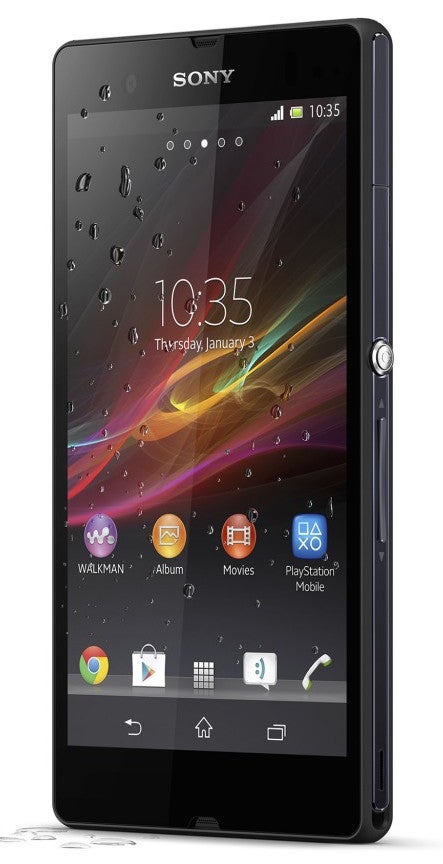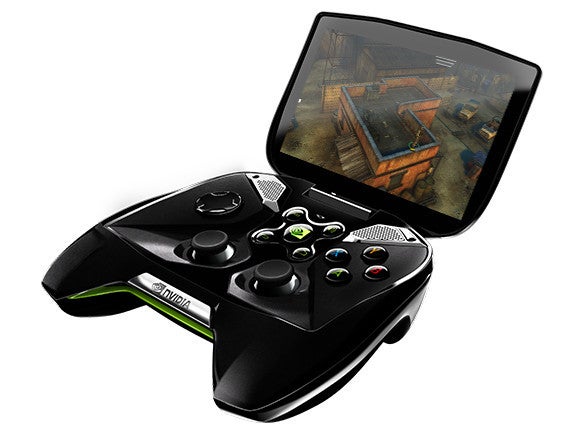CES 2013 hasn't ended yet, but it's safe to say that we've already seen all that this year's expo is going to offer. The announcements have been made, the devices have been examined. In the last moments of CES 2013, we can afford to sit down for a few minutes and share our thoughts about what we just experienced with you.
The devices
The Sony Xperia Z was arguably the most exciting phone at CES 2013
It doesn't take a genius to realize that CES 2013 was quite disappointing as far as mobile devices go, especially phones. We saw a handful of affordable handsets and just one serious device from a serious player - the Sony Xperia Z. The others were present at the show, but neither of them introduced anything memorable. It's safe to say that this was the most unimpressive CES in recent memory. Again, that's in terms of mobile.
Actually, the surprise of the show turned out to be Alcatel, which unveiled tons of handsets, some of which expected to appear globally. But while we welcome the manufacturer's return to the scene, we don't think that something big will come out of this. Meanwhile, Sony seems to have a real winner with the Xperia Z. It's hard to find a flaw in this device, at least not before we have the chance to test it properly. It's got great hardware and an appealing body - what could possibly go wrong for Sony? Unfortunately, the Japanese won't have a very smooth ride to the top, as we're yet to find out what the other manufacturers' big guns are going to be for 2013. Not that there's much strong competition, but it all depends on what Samsung's going to come up with in the Galaxy S IV. Once again, there were truckloads of tablets, each being less memorable than the one before it. We understand that everyone wants a piece of this growing pie, but we doubt that they'll get anywhere with these generic slates.
One of the few offerings which made a bigger impression on us was the Razer Edge gaming tablet, if not for some kind of hidden, untapped potential, then at least for its different form-factor and concept. Still, with a price which north of $1000, we have serious doubts about its future.
The Android-powered Project Shield console was among the few intriguing devices at CES
If there was a company that managed to get the audience excited, it was Nvidia. CEO Jen-Hsun Huang's press-conference brought some nice surprises like the new Tegra 4 mobile system-on-chip and the Project Shield gaming console. After this year's CES, the situation on the chipset market is starting to get really interesting. The stiff competition has already forced some players like TI out of the business, and we're yet to see exactly how many companies it can sustain. Still, the market is growing and we believe that Nvidia will find a way to keep and expand its positions. This should no doubt be a strong year for Tegra 4, but it'll be interesting to see if it'll succeed in stealing some market share from Qualcomm and it's next-gen chipstets.
When it comes to Project Shield, we like what Nvidia is doing, although it's too early for any brave forecasts. The point is that Nvidia seems to be one of the few companies left that do real innovation. We mean, innovation that might actually be useful to people, not some gimmicky stuff.
Press eventsWas it for the lack of mobile or something else, but most press-conferences were very dry this year. The fact that even the undeserved superlatives were toned down a bit speaks for itself! Nvidia and Qualcomm were among the very few that really got the crowd excited. As a matter of fact, Qualcomm's keynote was once of the most entertaining ones we've seen lately. Believe it or not, having Steve Ballmer, Big Bird and an electric Rolls Royce on the stage was the right way for Qualcomm to make an impression. Even the appearance of CEO Paul Jacobs at the end of the odd intro was very well orchestrated.
Qualcomm's keynote was eccentric, but wonderful
Sure, Qualcomm's keynote may not have focused much on the technical stuff, but right now the company is trying to build some brand recognition for itself, and that's not going to happen if it sticks to talking about gigaflops and such kind of stuff. Such recognition is built by inviting famous actresses like Alice Eve and directors like Guillermo del Toro. What made a very positive impression was how well CEO Paul Jacobs managed to both mention and explain the technical side everything that was demoed, so that a normal person could understand how things work, and, ultimately, why it's good to have a Snapdragon chipset in your device (the idea that Qualcomm is trying to convey with all this).
Many other representatives of the press hurried to make fun of Qualcomm's eccentric keynote, but the fact is that if it wasn't for Qualcomm (and Nvidia), CES 2013 was going to be utterly forgettable as far as press events go.
All of this comes to show that having a consumer electronics show at the very beginning of the year doesn't align well with the plans of manufacturers. Who wants to unveil a major product right after the busy holiday season, when people have already spent their money on new gadgets? If a company unveils something big at CES, it has to release it about half a year later, which has never been a good idea. With that, let us hope that MWC 2013 is going to be much more exciting. Well, it'll surely be for us at least, after all it's a mobile-only show. The thing is that CES also used to be a big event for us, and we would hate to see it become a tedious assignment rather than an exciting experience.
By the way, here's how you make a memorable appearance:

















Things that are NOT allowed: